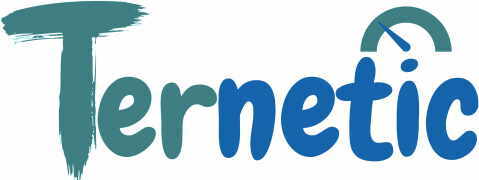Introduction:
Titles are the first thing that a potential reader notices about your blog post. Therefore, crafting eye-catching and enticing titles is essential for gaining the attention of your target audience and increasing the rankings of your blog post on Google. In this blog post, we will discuss seven proven strategies for creating eye-catching titles that will help improve your Google rankings.
1. Know Your Target Audience:
Understanding your target audience is paramount when it comes to crafting eye-catching titles for your blog post. Try to empathize with your audience and ask yourself what they would find interesting or what they might be searching for on Google. Use long-tail SEO keywords in your titles to cater to your target audience’s specific needs.
2. Use Numbers in Your Titles:
Numbers grab the attention of readers easily. Use statistics or lists to highlight the importance of your topic. For example, “10 Proven Tips for Social Media Marketing Success” or “5 Delicious and Healthy Recipes for Busy Weeknights”.
3. Use Strong Adjectives:
Using strong adjectives in your titles can make them more impactful and memorable. Choose adjectives that directly describe the benefits of your blog post’s content. For example, “Incredibly Simple Hacks for Reducing Work Stress” or “Unbelievable Techniques for Improving Public Speaking Skills”.
4. Make Use of Power Words:
Power words are impactful and evoke strong emotions in readers. Including them in your titles can help make your blog post more intriguing and attention-grabbing. Some examples of power words include “surprising,” “ultimate,” “mysterious,” “amazing,” and “controversial.”
5. Keep Your Titles Short and Sweet:
Short and crisp titles are easier to read and remember. Try to keep your titles under 60 characters so they don’t get truncated in Google’s search results. Avoid using filler words and keep your titles accurate and to the point.
6. Use Keywords in Your Titles:
Including relevant keywords in your titles is essential for improving your blog post’s SEO. Use long-tail SEO keywords that are specific to your blog post’s content. Try to avoid using generic or broad terms that are difficult to rank for.
7. Test Your Titles:
Testing your titles can help you determine what type of title resonates best with your target audience. Try out different variations of your title and see which one generates the most clicks and engagement. Tools like Google Analytics or CoSchedule Headline Analyzer can help with testing your titles.
FAQs:
Q: Can using controversial or sensationalist titles harm my blog post’s credibility?
A: Using controversial or sensationalist titles can be useful for grabbing the attention of readers, but they can also harm your blog post’s credibility if the content doesn’t live up to the title’s hype. Be truthful and accurate in your titles and ensure that the content delivers on its promises.
Q: Should I include my blog post’s primary keyword in the title?
A: Including your blog post’s primary keyword in the title is always recommended. It helps search engines understand the topic of your blog post and makes it easier to rank on search engine results pages (SERPs).
Q: Is it necessary to use numbers in my blog post title?
A: No, it is not mandatory to use numbers in your blog post title, but it can be an effective technique for grabbing readers’ attention and improving your blog post’s click-through rate.
Q: Can using puns or humorous titles help me attract more readers?
A: Using puns or humorous titles can be an effective strategy for attracting readers, but it depends on your target audience’s preferences. Make sure that your puns or humor is relevant to your blog post’s content.
Q: Can I use clickbaity titles to gain more traffic?
A: Clickbaity titles can generate short-term gains in traffic, but they can also harm your blog’s credibility and result in lower engagement and higher bounce rates. Aim for accurate and genuine titles that reflect your blog post’s content.
Q: Should I use the same title for my blog post and meta description?
A: No, it’s recommended to use a separate title for your meta description. The meta description should be a brief summary of your blog post and include your primary keyword and a call-to-action.
Q: How do I determine the ideal length for my blog post title?
A: The ideal length for your blog post title is under 60 characters, but it varies depending on the platform and device. Experiment with different lengths and formats to see what works best for your specific audience.
Conclusion:
Creating an eye-catching title is essential for improving your blog post’s search engine rankings and increasing engagement. By following these seven proven strategies, you’ll have a better chance of grabbing your target audience’s attention and driving more traffic to your website. Remember to keep your titles short, relevant, and engaging, and don’t be afraid to test different variations to see what works best. And finally add a personalized call-to-action for connecting with your readers on a deeper level.

0 comments